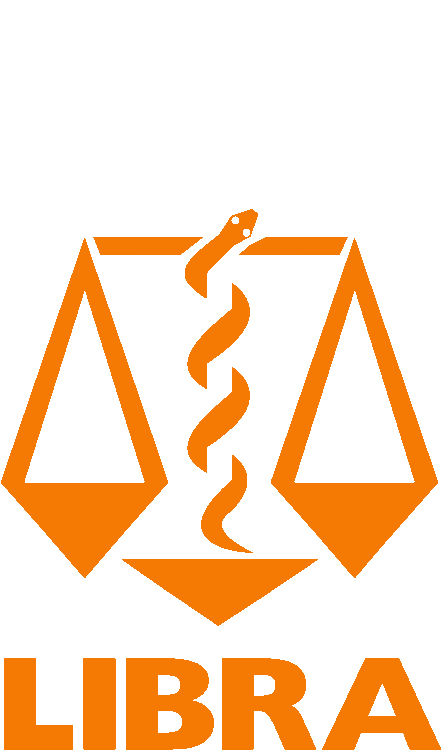2012 Infectious Diseases Society of America
Clinical Practice Guideline for the Diagnosis and Treatment of Diabetic Foot Infections (pdf)
Benjamin A. Lipsky,1 Anthony R. Berendt,2 Paul B. Cornia,3 James C. Pile,4 Edgar J. G. Peters,5 David G. Armstrong,6 H. Gunner Deery,7 John M. Embil,8 Warren S. Joseph,9 Adolf W. Karchmer,10 Michael S. Pinzur,11 and Eric Senneville12 1Department of Medicine, University of Washington, Veterans Affairs Puget Sound Health Care System, Seattle; 2Bone Infection Unit, Nuffield Orthopaedic Centre, Oxford University Hospitals NHS Trust, Oxford; 3Department of Medicine, University of Washington, Veteran Affairs Puget Sound Health Care System, Seattle; 4Divisions of Hospital Medicine and Infectious Diseases, MetroHealth Medical Center, Cleveland, Ohio; 5Department of Internal Medicine, VU University Medical Center, Amsterdam, The Netherlands; 6Southern Arizona Limb Salvage Alliance, Department of Surgery, University of Arizona, Tucson; 7Northern Michigan Infectious Diseases, Petoskey; 8Department of Medicine, University of Manitoba, Winnipeg, Canada; 9Division of Podiatric Surgery, Department of Surgery, Roxborough Memorial Hospital, Philadelphia, Pennsylvania; 10Department of Medicine, Division of Infectious Diseases, Beth Israel Deaconess Medical Center, Harvard Medical School, Boston, Massachusetts; 11Department of Orthopaedic Surgery and Rehabilitation, Loyola University Medical Center, Maywood, Illinois; and 12Department of Infectious Diseases, Dron Hospital, Tourcoing, France
Foot infections are a common and serious problem in persons with diabetes. Diabetic foot infections (DFIs) typically begin in a wound, most often a neuropathic ulceration. While all wounds are colonized with microorganisms, the presence of infection is defined by â„2 classic findings of inflammation or purulence. Infections are then classified into mild (superficial and limited in size and depth), moderate (deeper or more extensive), or severe (accompanied by systemic signs or metabolic perturbations). This classification system, along with a vascular assessment, helps determine which patients should be hospitalized, which may require special imaging procedures or surgical interventions, and which will require amputation. Most DFIs are polymicrobial, with aerobic gram-positive cocci (GPC), and especially staphylococci, the most common causative organisms. Aerobic gram-negative bacilli are frequently copathogens in infections that are chronic or follow antibiotic treatment, and obligate anaerobes may be copathogens in ischemic or necrotic wounds.



